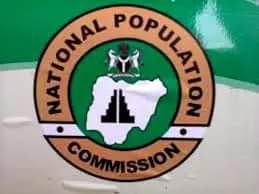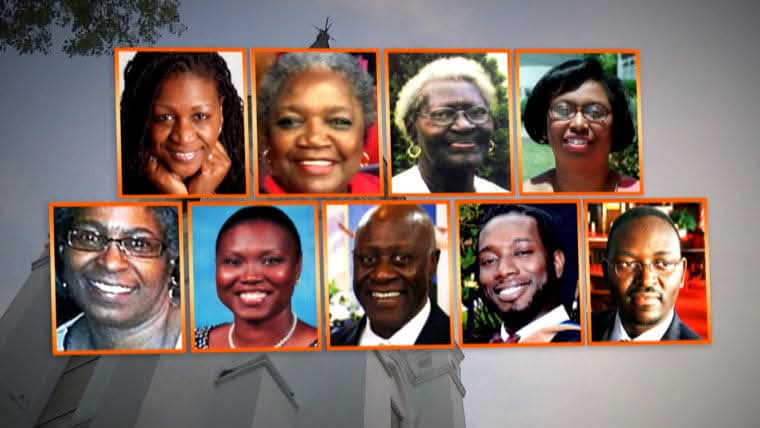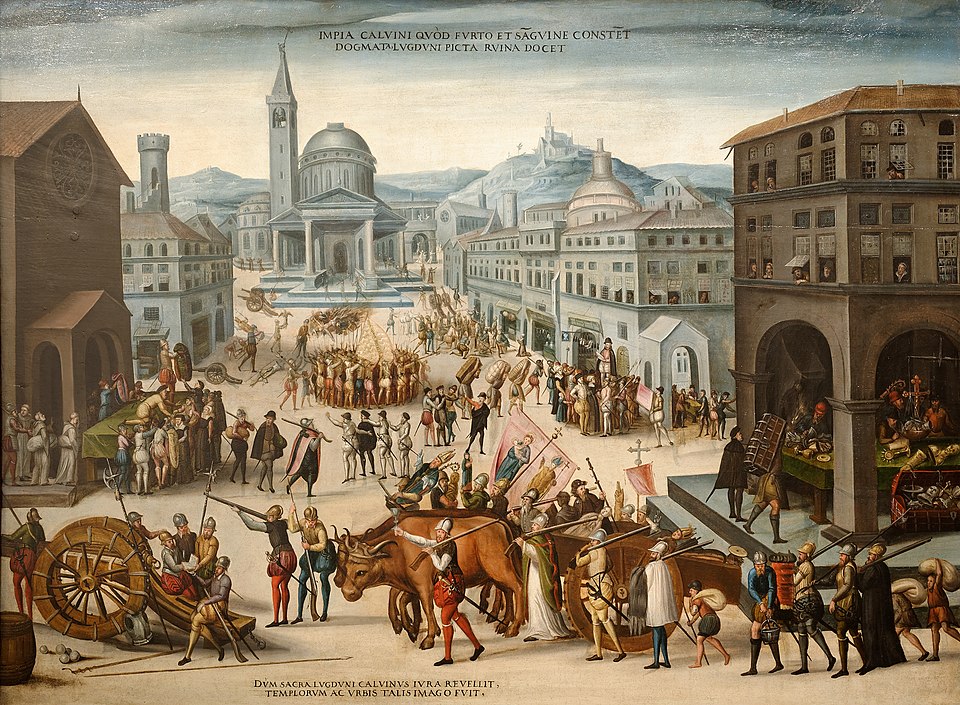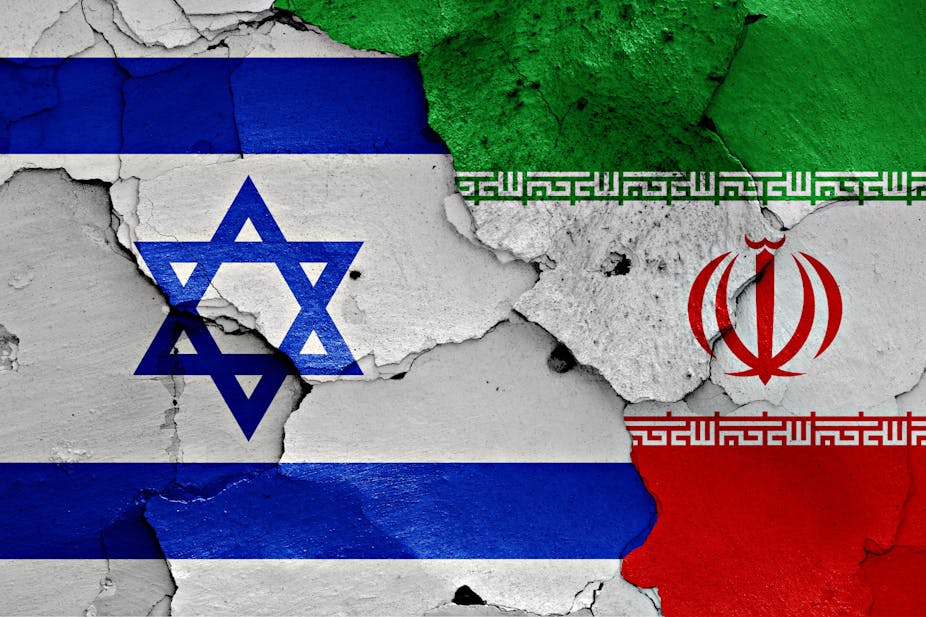CENSUS: From Lagos Colony, Southern Protectorate to Amalgamated Nigeria, a Brief History

Did you know that the Population Census of 1952/1953 was regarded as the first modern, national and carefully planned census in Nigeria, and that most of its censuses after then were marred by politicization?
Nigeria has a long history of census takings spanning over a century. The first census was conducted in 1866 and this was followed by Censuses of 1871, 1881, 1891 and 1901. However, all these earlier censuses were restricted to Lagos Colony and its environs. The 1871 census marked the beginning of decennial census taking in Nigeria in line with the British decennial tradition.
Following the amalgamation of the Lagos Colony and the Southern Protectorate in 1906, the 1911 census extended to some parts of the Southern Protectorate. It was marred by incomplete enumeration because some parts of the South had not recognized the legitimacy of the Colonial Government.
The amalgamation of the Southern and Northern protectorates in 1914 by Lord Lugard provided the impetus for population census that had wider coverage. Like in other censuses, the results of 1921 census were population estimates based on tax records as the aged, infants and tax evaders were excluded. Similarly, in the then Northern region, during the period mentioned above, the census result was based on population estimates from existing records or vital statistics.
The tax riots in Calabar and Owerri provinces in the then Eastern region prevented enumeration in the major towns of these areas in 1931 while the locust invasion resulted in the diversion of some census staff to anti – locust duties in some parts of the Northern provinces.
The outbreak of the Second World War disrupted the conduct of decennial censuses and as such no population census was conducted in 1941.
The 1952/1953 Population Census was regarded as the first modern, national and carefully planned census in Nigeria. The principle of simultaneity was not complied with as the census enumeration was staggered. The census of Northern Nigeria was conducted between May and July, 1952 while that of West and Mid-West were conducted in December 1952 and January 1953 respectively. Census in the East was conducted from May to August, 1953. This enumeration strategy made the comparability of data between one region and another difficult. Furthermore, the disruption of the Second World War made people suspicious of the intention of the exercise and therefore many people did not submit themselves for enumeration. This meant that the exercise was characterized by gross under enumeration.
The 1962 population census covered the whole country and was undertaken simultaneously during the month of May. Although the census was given adequate publicity, the results were not acceptable to the regions on grounds of high politicization.
The refusal of the government to accept population census of 1962 prompted the 1963 population census which critics claimed were arrived at by negotiation rather than enumeration. The result was contested at the Supreme Court which ruled that it lacked jurisdiction over the administrative functions of the Federal Government.
The 1973 Census conducted between November 25 and December 2 was not published on the ground of deliberate falsification of the census figures for political and /or ethnic advantages.
The 1991 Census was conducted under Decree 23 of 1989 which set up the National Population Commission, NPC. It was conducted all over the country from November 27 to December 2, 1991.This was the most scientific and most acceptable until the 2006 Population and Housing Census. In March 2006, Nigeria, for the first time, conducted a Population and Housing Census. Several stages were involved in the project. For the first time, the use of GPS and Satellite Imagery to carve out Geo-referenced EAs was adopted. Also Machine readable forms (OMR/OCR/ICR) were used to record information from respondents.
Source: National Population
#penglobalhistory



